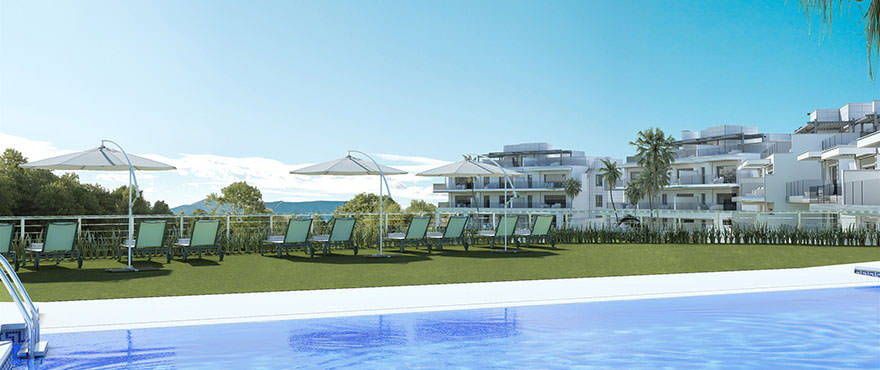Residential property prices in Spain rose 1.15% in the third quarter of 2014 compared to the same period last year, according to the latest index published by the Property Registrars.
That is the first time this index has edged clearly into positive territory since the Spanish housing bubble burst, and according to real estate expert Mark Stucklin it means the market could be turning.
On a quarterly basis prices were basically stable, with a decline of just 0.08% between June and September and the peak to present fall in house prices is 32.4% according the Registrars’ figures.
It says that these figures paint a picture of stable house prices. The registered number of homes sold also shows a favourable evolution with transactions up 1.4% to 79,561 sales in the third quarter compared to the second. The market bottomed out with 72,560 sales in the fourth quarter of 2013.
The improvement was driven by resale properties with 52,127 sales, practically double those of new builds at 27,434. Resale transactions were up 4,268 on the second quarter, meaning a quarterly rise of 8.92%, against a fall of 10.36% in new builds.
Cumulative sales over 12 months were 313,607, up by 2,743 on the second quarter of the year when a record low of 310,864 was reached. Andalucia saw the most sales with 16,006 transactions, followed by the Valencia at 12,189, Catalonia at 11,975 and Madrid at 10,883.
The data also shows that the proportion of Spanish property sales involving a foreign buyer has hit a new high of 13.1% market share, an annual rise of 19% and year to date, foreign buyers bought 30,708 properties, up 23% on the same period last year.
British buyers were the strongest nationality buying 1,886 Spanish properties in the third quarter, up 37% on the same time last year, followed by the French, Russians, and Germans.
In terms of foreign market share, the British represented 18% of total purchases by foreigners, and 20% of key markets. France was next with 12%, Russia with 8%, and Germany with 7%.
Stucklin pointed out that in the boom years foreign buyers, led by the British, accounted for between 8% and 9% of the market. That fell to a low of 4.24% in 2009, at the nadir of the financial crisis. Since then foreign demand has increased in market share whilst local demand continues to shrink.
‘For the last year or more it has been possible to buy new property in Spain for less than it costs to build, thanks to a housing bust that has forced banks to take over thousands of new developments, and repossess hundreds of thousands of new or recently built homes. Such low prices are a once in a cycle situation that will not be repeated again, at least not until the next boom and bust, which could take decades,’ he said.
He also explained that there are bargains, especially when it comes to property owned by the Spanish banks. ‘Not only are there thousands of newly built properties for sale in Spain below their replacement costs, but there is further room for price reductions in negotiations. It depends on the bank and the property, but some will give further discounts of 10% or more to close a sale.
He believes this is because deep discounts are the only way to sell much of this property, and after seven years of crisis, banks have written off enough to be able to sell below replacement costs. ‘Also, because banks are so bad at selling property, the only way they know to sell is by discounting. Of course, this is terrible new for private vendors, who have to compete with banks for buyers,’ Stucklin pointed out.
‘Sooner or later most of the stock will have sold, after which we will never again see so much Spanish property for sale at these prices. Once these properties have sold, there will be no new building to replace the supply of new homes on the market until prices more than double to cover building costs, land costs, and a developer’s margin. Nobody is going to build to sell at a loss,’ he added.
‘It also means that, whilst the Spanish property market is flooded with these kind of newly built properties for sale below replacement costs, there will be little or no building of new homes. Now we have an excess of supply, but one day there will be a shortage of new homes, and who knows what price dynamic that will trigger. When the current stock of distressed Spanish properties is sold I doubt we’ll ever see these prices again,’ he concluded.



